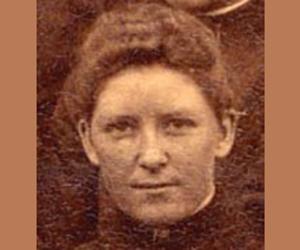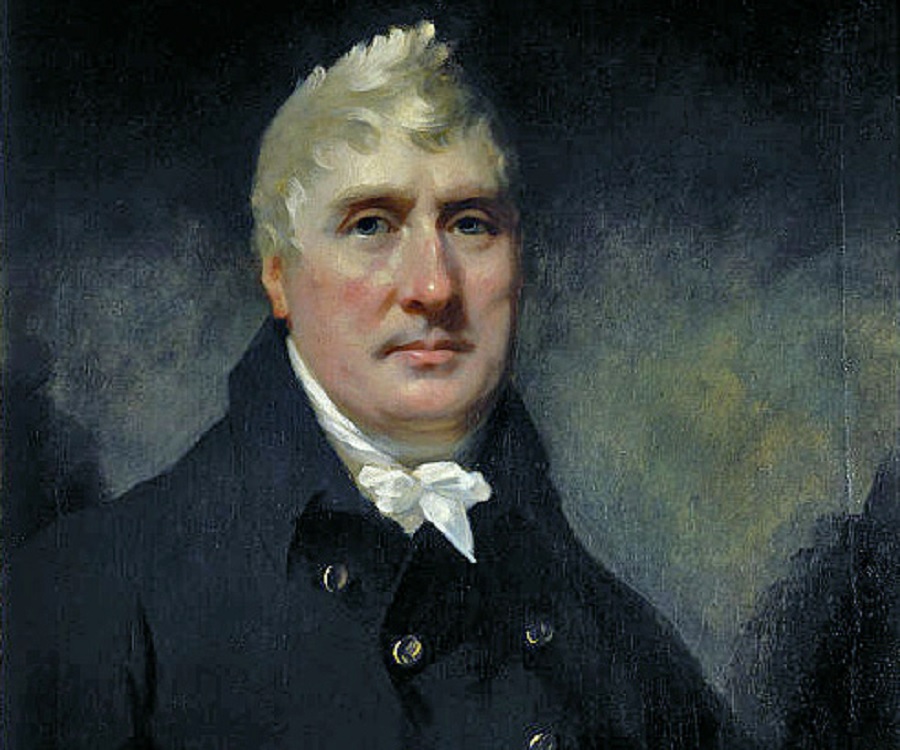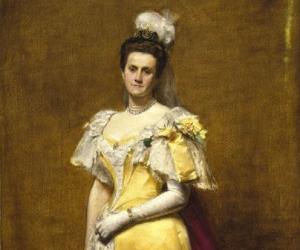Most individuals would find it difficult to think of a life where structural engineers do not exist. Whether it is building roads, buildings, sewage systems, dams, bridges or airports, one would have to think of a civil engineer almost immediately. However, not all structural engineers end up working in these large, well-paying capacities. Some engineers may even just work in the smaller aspects of structural engineering like designing or looking into the research process or might even specialize in departments like structural construction, environment or even transportation. As the population grows around the world, the need for more civil engineers arises. According to recent studies, it is estimated that in the near future, there will be a sudden escalation in civil engineering jobs around the world. While designing, constructing and operating mammoth infrastructure is a part of their job description, structural engineers are also required to boost the conditions of old and existing structures, while conforming to social and environmental policies and norms. Around the world, in order to become a civil engineer and in order to be able to practice in a particular department, a person would need to have a good higher-secondary degree and a degree in mathematics, engineering or the sciences. Here is a compilation of a list of famous mind body therapists, learn more fascinating facts and details about them with their biographies that include trivia, interesting facts, timeline and life history.
From reputable, prominent, and well known structural engineers to the lesser known structural engineers of today, these are some of the best professionals in the structural engineer field. If you want to answer the questions, “Who are the most famous structural engineers ever?” and “What are the names of famous structural engineers?” then you’re in the right place.
1. Gustave Eiffel

Alexandre Gustave Eiffel fondly called ‘the magician of iron’ was a French master engineer and architect. A graduate from ‘École Centrale des Arts et Manufactures’ in Paris, he joined a company that specialised in construction of railway bridges. It took him a couple of years to master the job and soon he was directing bridge construction and later went on to form his own company ‘Eiffel & Cie’. He was associated in constructing several bridges including the famous Garabit Viaduct for the railway network of France. At that time it was considered the highest bridge in the world. His expertise was not limited to France only. He made a mark of his excellence in other countries including the United States, Spain, Brazil, Uruguay, Peru, Mexico and Chile among others. He was involved in the construction and designs of many buildings and structures including ‘Cathedral of San Pedro de Tacna’, Peru, the ‘Grand Hotel Traian’ in Iaşi, Romania, Konak Pier in İzmir, Turkey and ‘Catedral de Santa María’ in Chiclayo, Peru. One of his noted works was designing of metallic structure of the ‘Statue of Liberty’ in the United States that fell on him after the sudden death of its original engineer. The most renowned work that brought him international fame and cemented his name in history was the ‘Eiffel Tower’ of Paris. Post retirement from engineering he devoted the rest of his life in meteorology and aerodynamics.
2. James Buchanan Eads
James B. Eads was born in Lawrenceburg, Ind., on May 23, 1820. His father moved his family often, and James attended various public schools until the age of 13. After 5 years as a dry-goods clerk in St. Louis, he became a purser on a Mississippi River steam-boat and a self-taught expert in river navigation and hydrography. Eads patented a diving bell in 1841 and used it on specially designed craft to salvage wrecked riverboats. After a brief, debt-ridden interval, he returned to salvaging, which proved very lucrative after 1848. He amassed a fortune and lived in semiretirement from 1857 to 1861. In 1861 President Abraham Lincoln summoned Eads for advice on how to use western rivers for military purposes. Eads proposed a fleet of armor-plated, steam-driven gunboats and contracted to build seven 600-ton vessels. Ironclads became the mainstays of the Army’s Western Flotilla and from Oct. 1, 1862, the nucleus of the Navy’s Mississippi Squadron.
3. Elmina Wilson

Elmina Wilson was the first woman to receive a four-year civil engineering degree (BSCE) from Iowa State University (ISU). Even though she was not the first woman in America to receive a civil engineering degree, she was definitely the first one to complete her master’s in the same field and embark on an engineering career. Her younger sister Alda also followed in her footsteps to complete her degree in civil engineering from the same university. The daughter of successful farmers, Elmina along with her other siblings was always encouraged to pursue education. She grew up during a vibrant period in the country’s history, witnessing the completion of the historic St. Louis Bridge in 1874 and of Chicago’s first skyscraper, the Home Insurance Building, in 1885. These incidents are believed to have influenced her decision to study civil engineering, a field that was thought unsuitable for young girls in the 19th century. With the whole-hearted support of her family, Elmina completed her university education and established herself as a successful career woman—a rarity for women of her times. She had begun working as a student, spending summers in architectural and engineering companies in Chicago and eventually became a full-time college professor of civil engineering.
4. John Rennie

.jpg)
.jpg)
.jpg)
.jpg)
.jpg)
.jpg)
.jpg)
.jpg)
.jpg) John
John .jpg)
.jpg)
.jpg) Rennie was a Scottish civil engineer famous for building canals, harbours, and bridges throughout Britain. Considered to be one of the greatest engineers of his time, Rennie was much respected throughout Britain for his technical brilliance and creativity. One of the sons of a wealthy farmer, he developed an early interest in mechanics. As a young boy he spent much of his time in the workshop of Andrew Meikle, the mechanical engineer credited with inventing the threshing machine. Intelligent and skilled, Rennie had built working models of a windmill, a steam engine, and a pile engine by the time he was ten. Following the completion of his school education he was offered the post of a schoolmaster which he declined in favor of becoming a millwright. After working for a while with Meikle he took up a post as an engineer under James Watt at Boulton and
Rennie was a Scottish civil engineer famous for building canals, harbours, and bridges throughout Britain. Considered to be one of the greatest engineers of his time, Rennie was much respected throughout Britain for his technical brilliance and creativity. One of the sons of a wealthy farmer, he developed an early interest in mechanics. As a young boy he spent much of his time in the workshop of Andrew Meikle, the mechanical engineer credited with inventing the threshing machine. Intelligent and skilled, Rennie had built working models of a windmill, a steam engine, and a pile engine by the time he was ten. Following the completion of his school education he was offered the post of a schoolmaster which he declined in favor of becoming a millwright. After working for a while with Meikle he took up a post as an engineer under James Watt at Boulton and .jpg) Watt’s Soho Foundry in Smethwick. He designed the machinery for Boulton and Watt’s project at the Albion Flour Mills in London in what was one of his earliest major projects. Eventually he set up his own business and turned his attention towards building canals and bridges. He designed and constructed several bridges but is best known for the three bridges he built across the River Thames at London
Watt’s Soho Foundry in Smethwick. He designed the machinery for Boulton and Watt’s project at the Albion Flour Mills in London in what was one of his earliest major projects. Eventually he set up his own business and turned his attention towards building canals and bridges. He designed and constructed several bridges but is best known for the three bridges he built across the River Thames at London
5. Emily Warren Roebling

Emily Warren Roebling was a female engineer largely responsible for guiding construction of the Brooklyn Bridge. She was married to Washington Roebling, a civil engineer, who was Chief Engineer during the construction of the Brooklyn Bridge. In order to help her husband in his work, she extensively studied civil engineering topics like strength of materials, stress analysis, and cable construction. She had some prior interest and knowledge about bridge construction even before her husband’s appointment as Chief Engineer. Her knowledge about the subject came in handy when her husband became ill with caisson disease. As the disease progressed, he became increasingly disabled, forcing Emily to fulfill most of his engineering duties in the construction of the bridge. Along with her husband, she jointly planned the bridge’s continued construction, and actively managed the day-to-day construction activities. Over the course of the work, she engaged with politicians, engineers, and others associated with the bridge and was recognized as the engineer largely responsible for guiding construction of the Brooklyn Bridge. For years she remained busy in overseeing the work on the bridge, and served as an effective spokesperson on behalf of her husband. She also attended conferences and meetings on her husband’s behalf and became the first woman to formally address the American Society of Civil Engineers.
References:
https://www.ranker.com/list/notable-structural-engineer_s)/reference?ref=fact_based&l=1113374
https://www.thefamouspeople.com/profiles/gustave-eiffel-6809.php
http://www.encyclopedia.com/people/literature-and-arts/architecture-biographies/james-buchanan-eads
Previous Post on The Feats of Infrastructure: What is Structural Engineering?
Next Post on The Feats of Infrastructure: The Crests of World: Top 5 Structural Engineering Firms
Back to The Feats of Infrastructure Page

